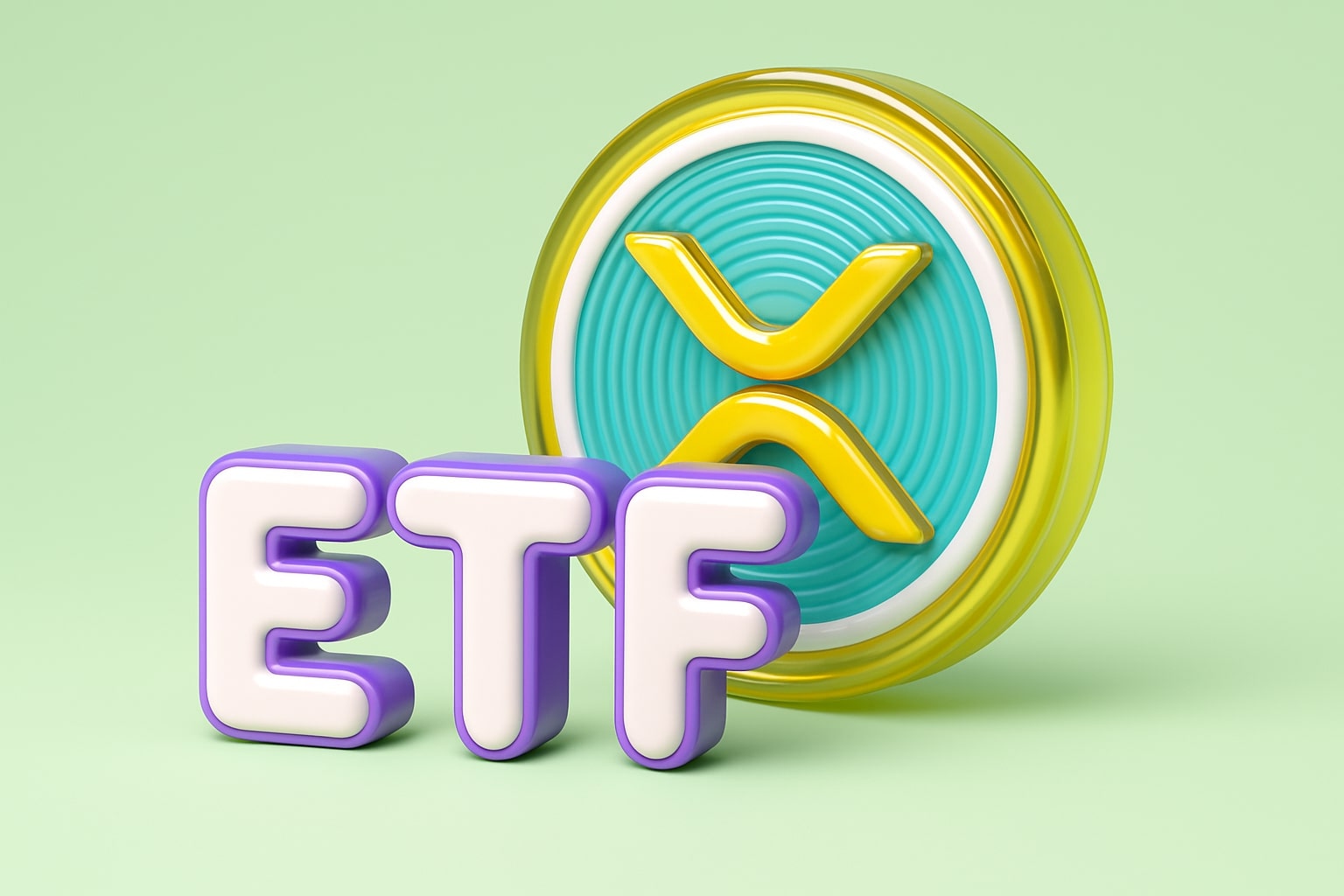XAU/USD Holds Above $3,380 as Middle East Conflict Fuels Volatility and Rate Expectations Diverge
Gold (XAU/USD) remains elevated, hovering around $3,383 after spiking to $3,452 on intensified military strikes between Iran and Israel, marking an eight-week high before retracing. Despite a daily drop of 1.45%, bullion's price action reflects deep underlying bid support driven by geopolitical risk, weakening dollar demand, and central bank accumulation. Iran’s mixed signals—denying then affirming openness to nuclear talks—have kept volatility elevated. As of Tuesday, gold futures opened at $3,404.20, slightly up from Monday’s $3,396.40, maintaining the $3,400 threshold for three straight sessions.
Gold Price Rallies on War-Driven Demand, Then Retreats as Iran Signals Talks
The precious metal’s latest surge was triggered by Israeli airstrikes on Iran’s military and nuclear infrastructure, with Tehran retaliating against Mossad-linked targets. This escalation initially sent XAU/USD to $3,452. However, a Wall Street Journal report suggested Iran may be open to de-escalation and nuclear negotiations, triggering a pullback. While some Iranian officials dismissed the claims, the market took it as a risk-off cue. Despite geopolitical easing, the yellow metal remains up 3.1% over the past week and 5.5% over the past month, with year-over-year gains topping 46.7% from $2,320.20 in June 2024.
Central Bank Divergence and Treasury Yields Shape Gold’s Risk Profile
Investor focus now pivots toward a heavy central bank week. The Federal Reserve is expected to hold rates at 4.50%, but all eyes are on the dot plot and Powell’s tone. With the Fed potentially hinting at easing, markets are pricing in 46 bps of cuts by year-end. Conversely, the Bank of Japan and Bank of England remain less accommodative, adding currency volatility to gold’s setup. Meanwhile, Treasury yields are rising. The 10-year yield gained 3.5 bps to 4.446%, while real yields climbed to 2.166%, trimming gold’s upside. Yet, the US Dollar Index (DXY) is sliding, last seen at 97.98—close to the multi-year low of 97.60—bolstering gold’s relative appeal.
Technical Setup: XAU/USD Hovers Near Critical Levels with $3,500 in Sight
Gold’s technical picture shows a bullish structure still in play despite Monday’s fade below $3,400. XAU/USD remains inside an ascending triangle, with resistance mapped near the $3,500 April 22 high and trendline support from the April 7 low at $2,957. The 14-day RSI sits near 60, hinting at waning momentum but not a breakdown. If bulls reclaim $3,450, the path to $3,500 and then $3,550–$3,600 reopens. On the downside, a daily close under $3,400 would expose $3,350 and then the 50-day SMA at $3,281. Below that, watch for former support at $3,245 and $3,121.
Bullion Demand Supported by Central Bank Buying and Inflation Hedging
Beyond geopolitical catalysts, central banks—especially the People’s Bank of China—continue to buy gold at pace. Combined with ongoing uncertainty around U.S. tariffs on Europe and Japan, plus rising inflation expectations, gold remains structurally supported. While real yields have edged higher, the anticipated easing cycle and dovish Fed lean keeps non-yielding gold in favor. Goldman Sachs has forecast XAU/USD reaching $3,700 by year-end 2025—a 40% rise from January’s $2,633 level—driven by institutional demand and macro instability.
Investor Flows, Allocation Trends, and Jewelry Ownership Impact the Bull Case
Scott Travers and other analysts recommend 5–15% portfolio gold allocation, potentially rising to 20% for risk-tolerant investors. Jewelry holdings also count—many investors are underestimating how much gold they already own. Meanwhile, institutional capital continues to flow into ETFs and physical bullion, validating gold’s role as a hedge. Over the past month, August gold futures have steadily climbed, confirming conviction even amid intraday volatility. Volume and open interest remain elevated as bulls eye a breakout.
Trump’s Tariff Posturing and Social Media Shockwaves Stir Global Risk
Former President Donald Trump’s remarks at the G7 and online have added a speculative tailwind to gold. Hinting at “something much bigger” than a ceasefire and warning of EU and pharmaceutical tariffs, his rhetoric reinforces gold’s haven appeal. Markets now treat gold as a dual hedge—against central bank uncertainty and uncontained geopolitical escalations. With Trump urging Americans to evacuate Tehran and calling for an aggressive U.S. stance, traders have reason to remain long.
Short-Term Price Triggers: Fed Dots, Iran Escalation, and $3,450 Resistance
Gold remains boxed between resistance at $3,450 and support near $3,350. Tuesday’s economic calendar is packed: U.S. retail sales, import/export prices, manufacturing and trade inventories, and industrial production could all move yields and thus XAU/USD. A dovish shift from the Fed or weak macro data could send gold back above $3,450 fast. On the flip side, if the Fed leans hawkish or peace talks gain traction, a test of $3,313 or even $3,281 can’t be ruled out. But barring a clear breakdown, bulls remain in technical control.
Buy Rating: XAU/USD Poised for Record High Extension Amid Mixed Macro Triggers
With XAU/USD holding firm above $3,380, central bank gold accumulation ongoing, and the Fed likely to soften its tone, the path of least resistance remains higher. Despite short-term pullbacks, the technical and macro backdrop support a retest of the $3,500 record and potential extension toward $3,550+. As long as the DXY stays weak and rate cuts stay on the table, gold is a Buy, with a stop below $3,281 and upside targets of $3,500, $3,550, and $3,700 into 2025.




















